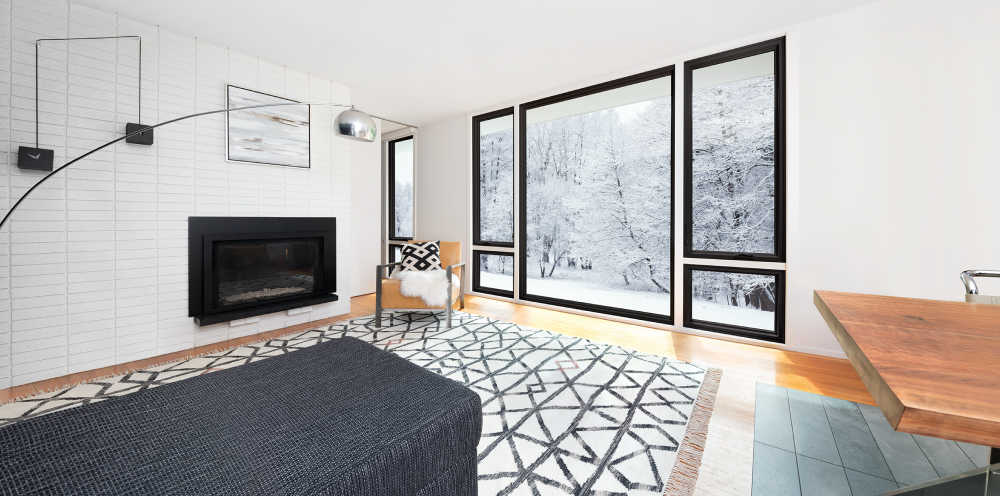
Condensation on windows can be more than just an inconvenience—it’s a sign that your windows might not be performing at their best. Left unchecked, it can lead to mold growth, damaged window frames, and higher heating bills. At Renewal by Andersen, we specialize in energy-efficient windows designed to minimize condensation while keeping your home warm and comfortable all winter long. In this guide, we’ll explain the causes of condensation, why it matters, and the steps you can take to prevent it, ensuring your windows stay clear and functional even during the coldest months.
What Causes Window Condensation in Winter?
Condensation occurs when warm, moist air comes into contact with a cold surface—like your window glass. During winter,
the temperature difference between the inside and outside of your home increases, making condensation more likely.
Common causes include:
• High Indoor Humidity: Cooking, showering, and even breathing contribute to moisture in the air.
• Poor Ventilation: Limited airflow prevents moisture from escaping.
• Inefficient Windows: Older windows or single-pane glass are more prone to condensation due to poor insulation.

Why Preventing Condensation Matters
• Avoid Mold Growth: Persistent moisture can foster mold and mildew, impacting air quality and health.
• Protect Your Windows: Excess moisture can damage window frames, especially wooden ones.
• Improve Energy Efficiency: Condensation can signal inefficiency in your windows, leading to higher heating costs.
8 Tips to Prevent Condensation on Your Windows
Here are practical steps to reduce or eliminate condensation during cold months:
1. Control Indoor Humidity
• Use a dehumidifier to maintain optimal humidity levels (30-50% in winter).
• Run exhaust fans in kitchens and bathrooms when cooking or showering.
2. Improve Ventilation
• Open windows occasionally, even in winter, to allow fresh air circulation.
• Consider installing trickle vents on windows to let moisture escape without heat loss.
3. Upgrade to Energy-Efficient Windows
• Double or triple-pane windows with insulating gas between panes help maintain consistent indoor
temperatures, reducing condensation risk.
4. Use Window Treatments Wisely
• Keep blinds or curtains slightly open to allow warm air to reach the glass.

5. Apply Anti-Condensation Coatings
• Specialized sprays or coatings can help reduce water buildup on glass.
6. Seal Gaps and Cracks
• Check for drafts around windows and seal any gaps with weatherstripping or caulking.
7. Raise Indoor Temperatures
• Use a programmable thermostat to keep indoor temperatures consistent, reducing the temperature
difference that causes condensation.
4. Install Window Insulation Film
• Temporary plastic films add an extra layer of insulation, making windows less susceptible to temperature fluctuations.
When to Replace Your Windows
If condensation persists despite these measures, it may be time to upgrade your windows. Modern, energy-efficient windows, such as those offered by Renewal by Andersen, are designed to minimize condensation with superior insulation and innovative materials like Fibrex®. These windows also enhance your home’s overall comfort and energy savings.

Final Thoughts
Preventing condensation on your windows during cold months is essential for maintaining a healthy, efficient, and comfortable home. By controlling humidity, improving ventilation, and investing in energy-efficient windows, you can say goodbye to fogged-up glass and hello to clear, dry windows all winter long.
If you’re ready to upgrade to condensation-resistant windows, contact Renewal by Andersen for a free consultation. Let us help you find the perfect solution for your home.


